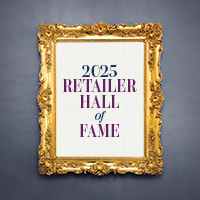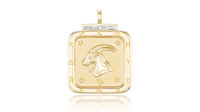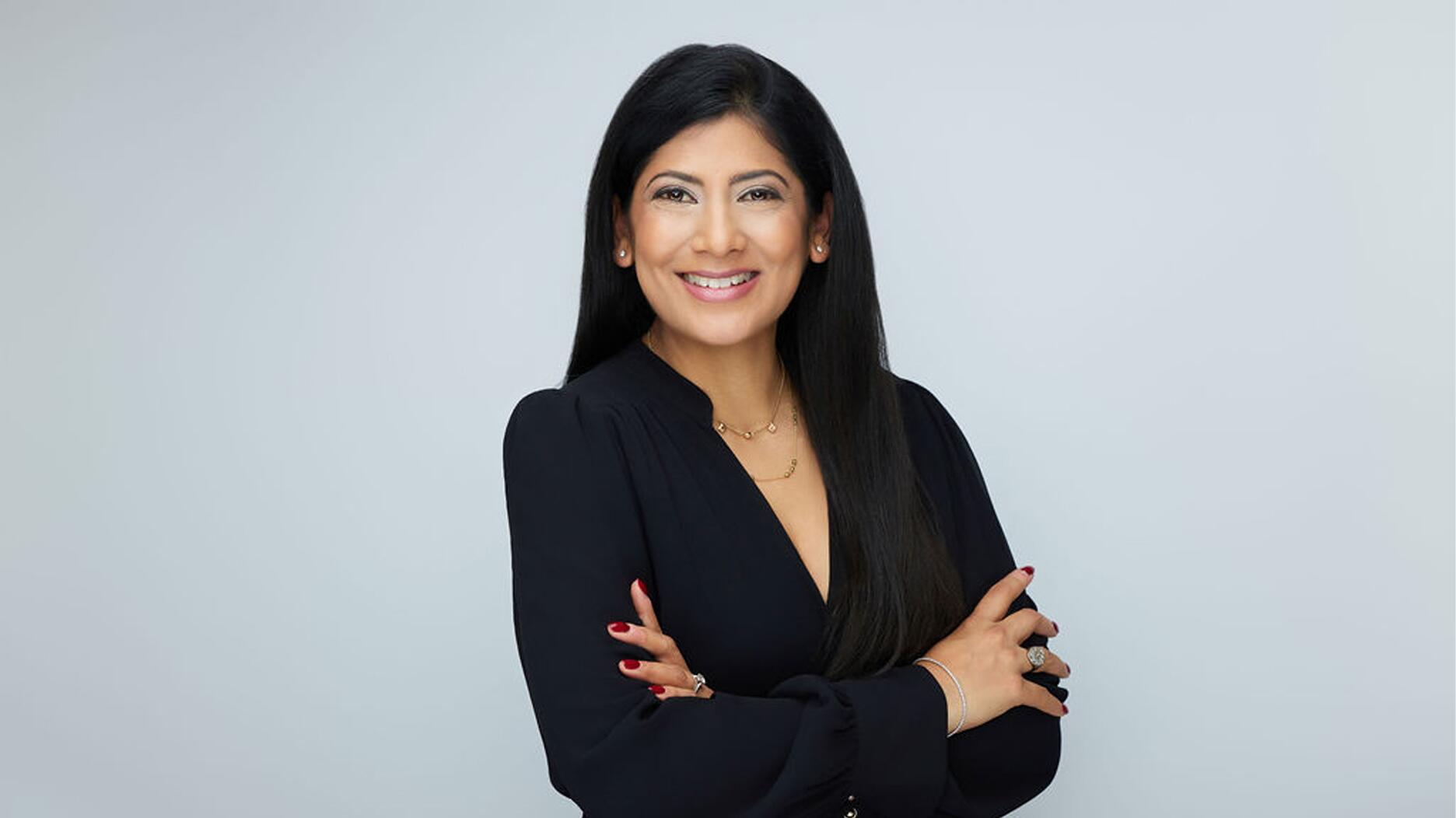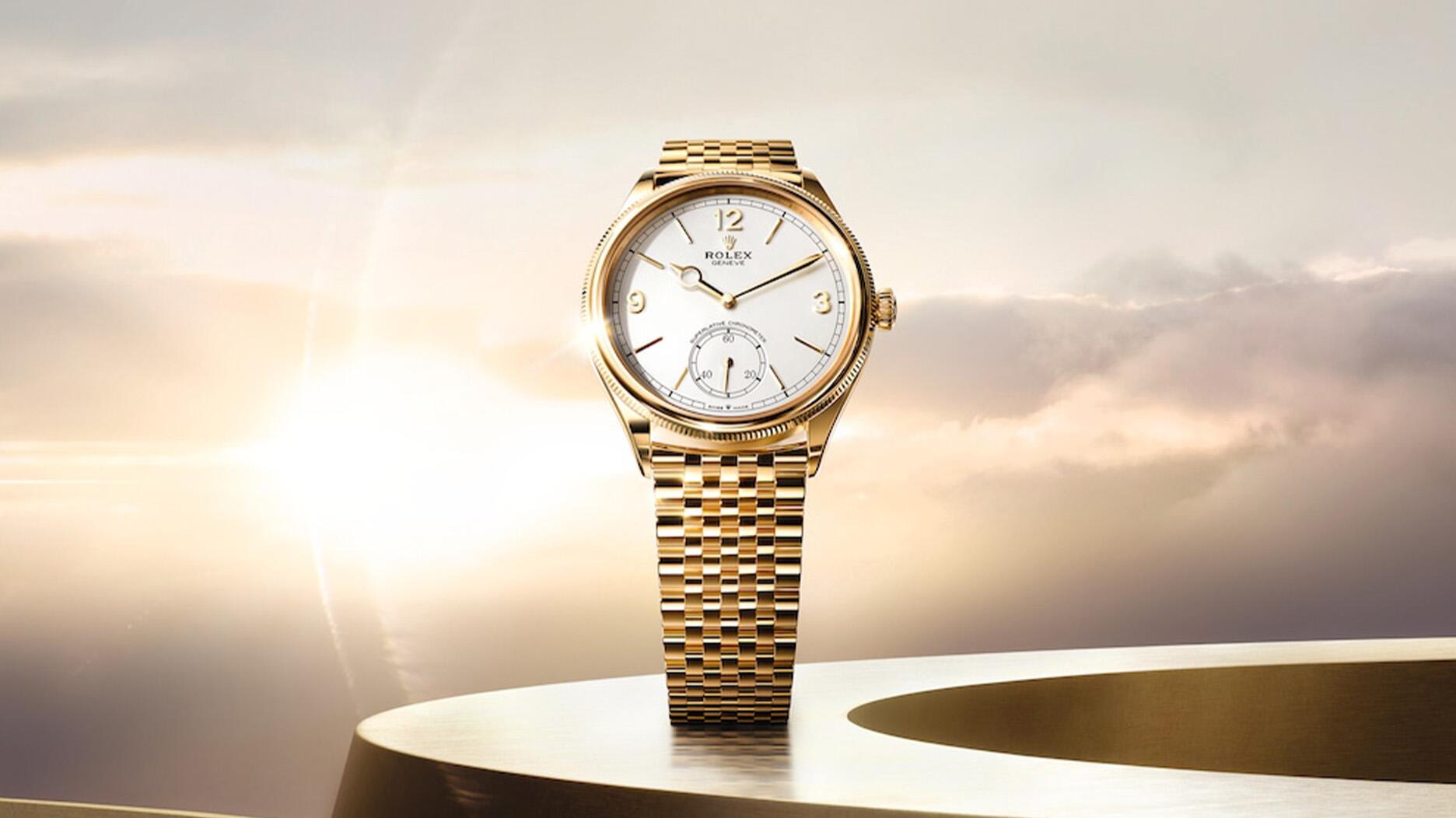What to Know About Importing Diamonds Into the U.S.
U.S. Customs and Border Protection has released new guidance as the G7’s effort to restrict the circulation of Russian diamonds ramps up.

As of Friday, March 1, companies or individuals importing polished diamonds weighing 1 carat or more into the U.S. will have to provide “self-certification” that the diamonds are not from Russia.
What this means is that the imports have to be accompanied by a PDF document on official company letterhead with specific commentary included.
For non-industrial diamonds weighing 1 carat or greater, the commentary should read: “I certify that the non-industrial diamonds in this shipment were not mined, extracted, produced, or manufactured wholly or in part in the Russian Federation, notwithstanding whether such diamonds have been substantially transformed into other products outside of the Russian Federation.”
For diamond jewelry and unsorted diamonds, it should read: “I certify that the diamond jewelry and unsorted diamonds in this shipment are not of Russian Federation origin or were not exported from the Russian Federation.”
This document can be uploaded to CBP’s Automated Commercial Environment (ACE) Document Image System, its electronic platform for trade processing.
Only one self-certification document will be required per entry.
CBP said it will be issuing additional filing requirements under the executive order once the necessary ACE enhancements are deployed.
March 1 was one of the dates outlined by the Group of Seven nations back in December as they united to ban the import of Russian diamonds into all member countries in an effort to restrict Russia’s ability to continue to fund the war in Ukraine.
The March 1 measure was created to counteract CBP’s substantial transformation rule.
Under the rule, goods that are “substantially transformed” from their original state in another country become a product of the country where the transformation took place, e.g., a rough diamond mined in Russia but crafted into a polished diamond in India is technically a product of India, not Russia.
Substantial transformation has allowed Russian diamonds to continue to enter the U.S. even after President Joe Biden signed an executive order banning import of the stones in March 2022.
The latest CBP update said Russian diamonds, as well as fish and seafood, cannot be imported if they “were mined, extracted, produced, or manufactured wholly or in part in the Russian Federation,” whether or not they have been incorporated or transformed in another country.
In a member alert issued Friday, the Jewelers Vigilance Committee outlined the new guidance for members and detailed how the rules around importing diamonds into G7 nations will continue to tighten throughout the year.
Starting Sept.1, JVC noted, the G7 has said the size threshold will drop to 0.5 carats and the import rules will expand to include finished jewelry, lab-grown diamonds, and watches.
JVC also launched a new “Sanctions” page on its website that has links to relevant U.S. and G7 documents, a “Frequently Asked Questions” section, and additional resources for the industry.
“JVC continues to work alongside the jewelry industry and with the U.S. government to clarify the requirements and provide input regarding what is achievable in the market,” said the organization.
“Members are strongly encouraged to stay in touch with us about how the sanctions are affecting their businesses so that we can provide the U.S. government with updated information as the process continues.”
JVC members with more questions can reach out directly or book a one-on-one session via the organization’s member portal.
CBP’s self-certification guidelines are less stringent than some of the options discussed during the process, including the “G7 Diamond Protocol” developed by the World Diamond Council with industry input and the “EU Proposal,” which called for all finished diamonds to pass through a “polished node” to certify them as non-Russian.
While the update does provide the industry with some guidance, questions and concerns remain.
“Jewelers of America is glad the industry has been given some direction in terms of the new requirements for diamond imports, but questions about compliance—especially beyond the current ‘sunrise period’— remain,” said JA President and CEO David Bonaparte, referring to the six-month period the industry has been given to adjust to the new guidelines.
The sunrise period ends Aug. 31 just as the expanded regulations are set to take effect on Sept. 1.
Bonaparte continued, “What is clear is that the new restrictions are in line with what Jewelers of America has been advising members since the very start of the war—to not source diamonds emanating from Russia, period.
“While the U.S. Customs guidance released on Feb. 29 did not include any information for those who are not importers of affected goods, such as U.S.-based retailers, we are advising JA members to ask their suppliers to include copies of CBP declarations with all diamond and diamond jewelry they supply as a matter of best practices to protect their businesses and address customer concerns.”
JVC also addressed the “sunrise period” in its statement to members.
“The G7 technical committee is working on a traceability mechanism for diamonds that will be tested between March 1 and September 1, the ‘sunrise period’,” said JVC.
“We don’t yet know either how this will be structured or how it will be enforced.”
The industry has been waiting on more details about how the Russian diamond ban would be enforced following the G7 nations’ December 2023 meeting.
The G7 member nations are: the U.S., U.K., Japan, Italy, Germany, Canada, and France. The EU is a non-enumerated member.
The Latest

During its Q3 call, CEO Efraim Grinberg discussed the deal to lower tariffs on Swiss-made watches, watch market trends, and more.
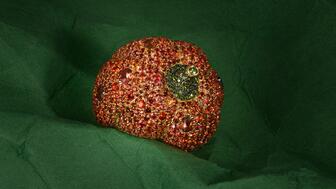
Rosior’s high jewelry cocktail ring with orange sapphires and green diamonds is the perfect Thanksgiving accessory.

The “Embrace Your True Colors” campaign features jewels with a vibrant color palette and poetry by Grammy-nominated artist Aja Monet.
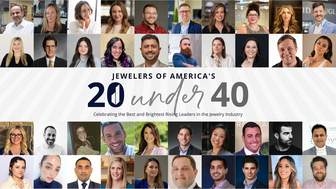
How Jewelers of America’s 20 Under 40 are leading to ensure a brighter future for the jewelry industry.
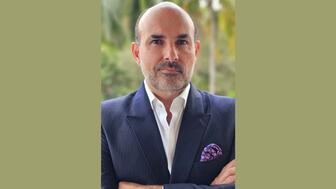
Luxury veteran Alejandro Cuellar has stepped into the role at the Italian fine jewelry brand.
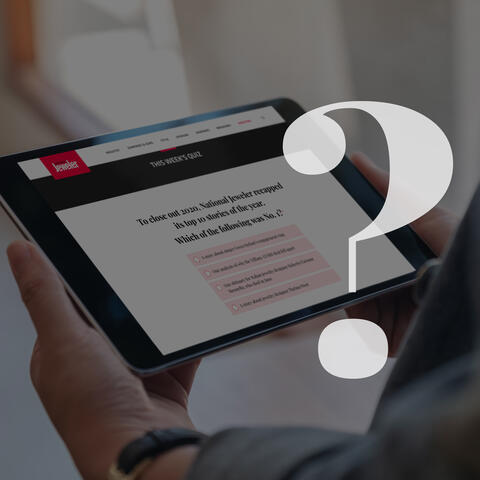
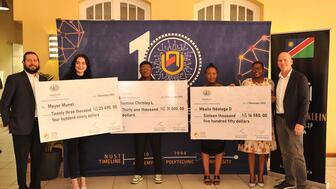
The company gave awards to four students at the Namibia University of Science & Technology, including one who is a Grandview Klein employee.

She is remembered as an artist who loved her craft and was devoted to her faith, her friends, and her family.
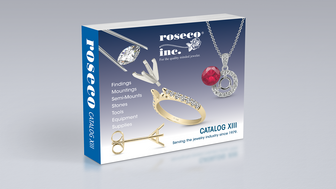
Roseco’s 704-page catalog showcases new lab-grown diamonds, findings, tools & more—available in print or interactive digital editions.
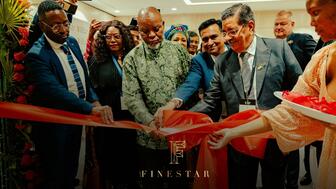
It joins the company’s other manufacturing facilities globally, including in India, Botswana, and Namibia.
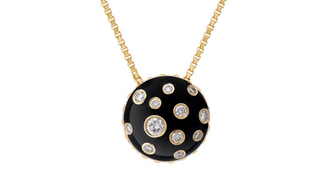
The polka dot pattern transcends time and has re-emerged as a trend in jewelry through round-shaped gemstones.

Vanessa Hickman, 49, allegedly sold a diamond bracelet that was mistakenly sent to her home.

GIA’s former president and CEO was presented with the Richard T. Liddicoat Award for Distinguished Achievement.

Social media experts spoke about protecting brand reputation through behaving mindfully online.

In 2026, the three will come together as “House of Brands,” with Gallet sold in Breitling stores and Universal Genève sold separately.
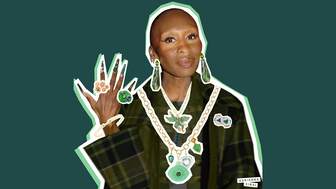
The second drop, which includes more Elphaba-inspired pieces from additional designers, will continue to benefit nonprofit Dreams of Hope.
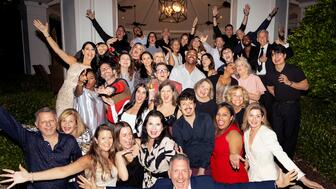
Second-generation jeweler Sean Dunn has taken on the role.

Amber Pepper’s main focus will be on digital innovation and engaging younger consumers.

Called “Origin by De Beers Group,” the loose, polished diamonds are being sold in a total of 30 stores in the United States and Canada.
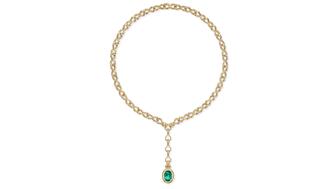
The lariat necklace features a 4.88-carat oval-cut Zambian emerald in 18-karat yellow gold.
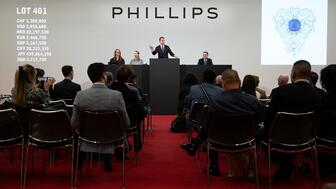
A 43-carat sapphire brooch from the Vanderbilt collection was the top lot of the Geneva sale.
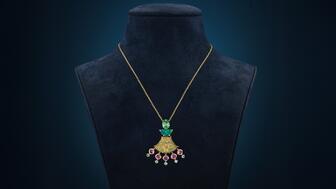
Rau is a fourth-generation art and antique dealer from M.S. Rau gallery whose first jewelry collection merges artifacts with modern design.
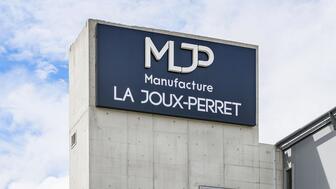
La Joux-Perret is based in La Chaux-de-Fonds, Switzerland, and makes solar quartz as well as mechanical watch movements.

She previously taught at Gem-A and is the founder of The Gem Academy.

The British actress and her daughter modeled pieces from the brand’s new “Palette” capsule for its “Once Upon a Time” holiday campaign.

Plus, the tech giant shares the steps retailers should take if they believe they’re a victim of a review extortion scam.
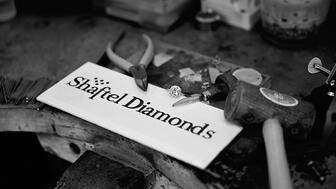
Danny and Gaby Shaftel are now Shaftel Diamonds’ CEO and chief operating officer, respectively.
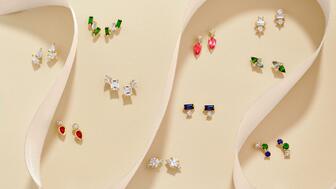
The jewelry manufacturer’s seasonal offering features its new “Melodie” bangles, as well as mini stud earrings and layering pieces.


